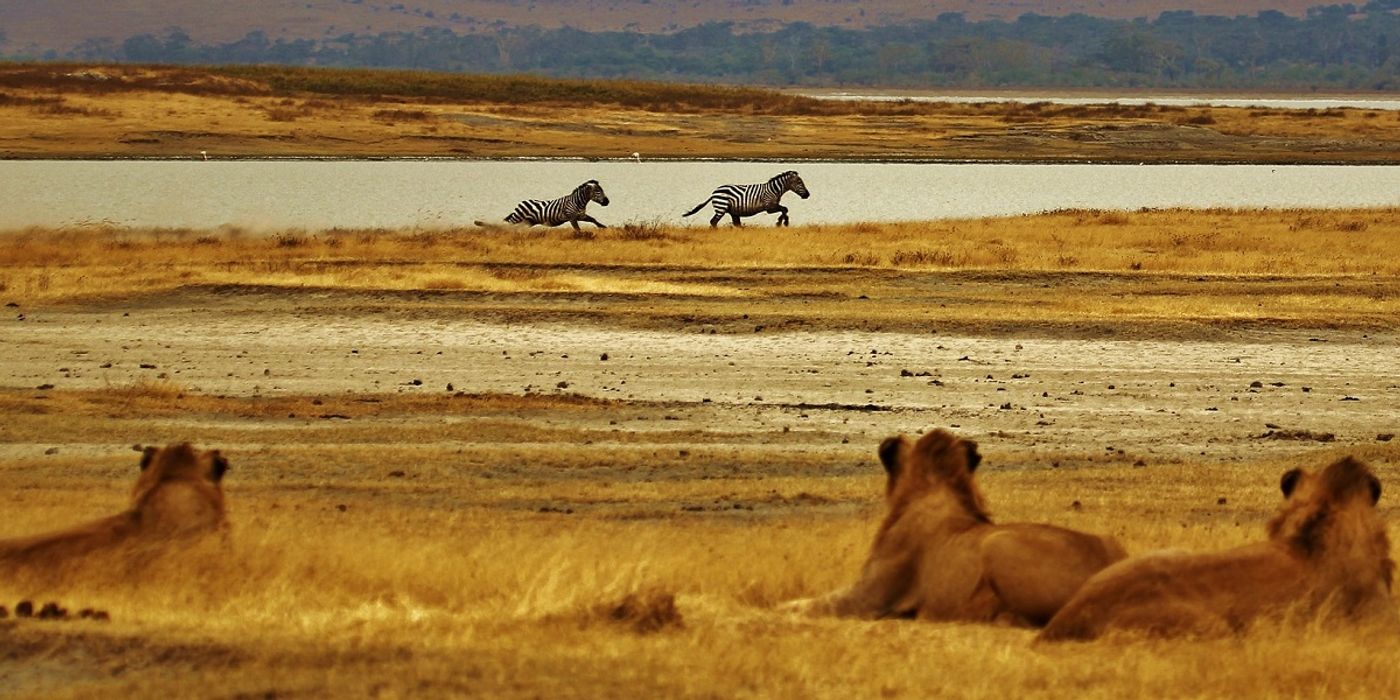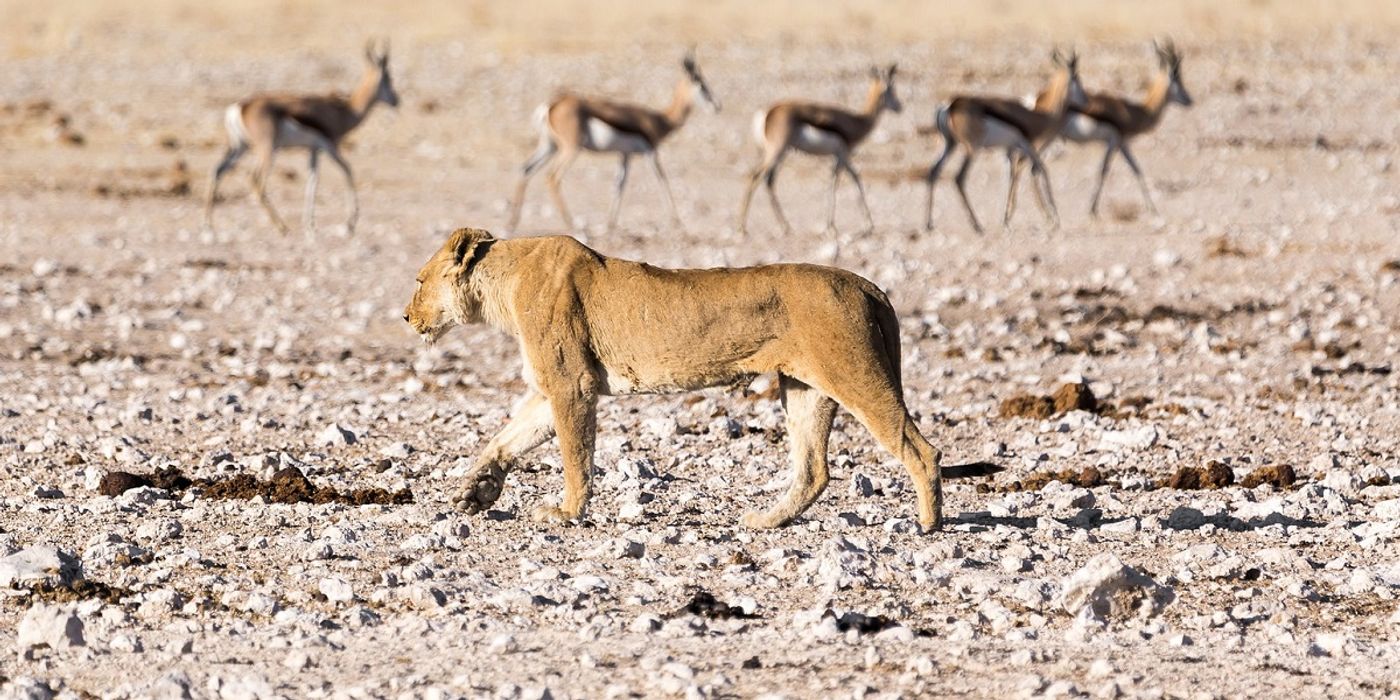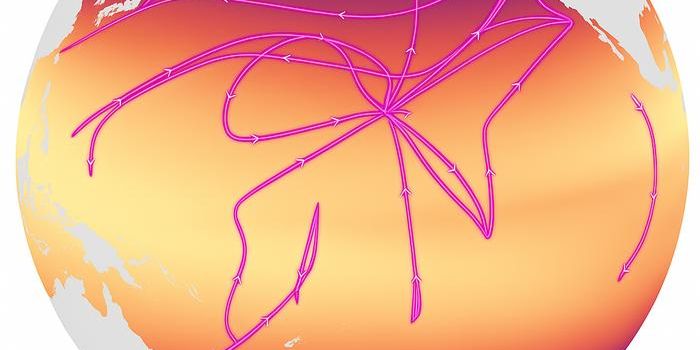World Lion Day - Lions Under Threat
Lions are large charismatic predators that we love to adore. But human-lion conflicts are on the rise as we continue to expand into lion territory. In the past century, lions have been reduced to only 8% of their historical ranges. Yes, lions have preserved spaces like national parks, game reservations, and protected natural areas, but many of these locations are small, disconnected, fragments of land. Lions need large, connected, ranges and 44% of lions' current range lies in unprotected areas.
A new study published by the Mammal Review looks at the ways lions engage with their habitats and what that means for lion conservation. While there is considerable research on lions and their protection, researchers ran into some problems when collating and applying previously collected data. Most of the available habitat data was collected in only four countries, Tanzania, Kenya, South Africa, and Zimbabwe. Additionally, lions used to cover a much larger geographic area than they currently do, but 70% of the studies analyzed only focused on managed protected areas, not areas that lie outside of these zones.
The scientists did find that lion preferences are very complex and depend primarily on prey abundance and proximity to water. When they are free from human pressures, lions tend to prefer open grassland and shrubland. They will still use land with more vegetation for hunting to hide from prey, but it is not their usual preference. Proximity to water is consistent across studies because prey is more available near water. However, outside of protected areas, lions more often avoided areas close to water, probably because people use the water for themselves, their livestock, or farming, and the lions shift to avoid people.
However, lions cannot avoid all conflict with people, and clashes are common. Lions prey on livestock when their usual stock runs low (sometimes from humans poaching) or when they are pushed out of their territories on protected lands by other lions. This leads to retaliation from livestock farmers when lions eat their livelihood. Some scientists in Tanzania looked into the patterns of lion killings in the Maasai steppe. The Maasai tribes range their cattle without fences there, and two large National Parks hold lion populations. They studied the mortality records for eighty-two lions over thirteen years. Most lion killings occurred in the wet season when lion prey wanders out of the national parks and into village and community lands. More often than not, the killings also took place at night near the Maasai homesteads and in grazing areas between the two national parks. Most of the lions killed were adult and sub-adult hunting females.
This shows that lions require large tracts of land to follow their migrating prey across landscapes. If lions happen upon what looks like an easy meal in the form of livestock, they will ultimately face conflict with humans.
Sources: Tanzania Journal of Forestry and Nature Conservation, Mammal Review










